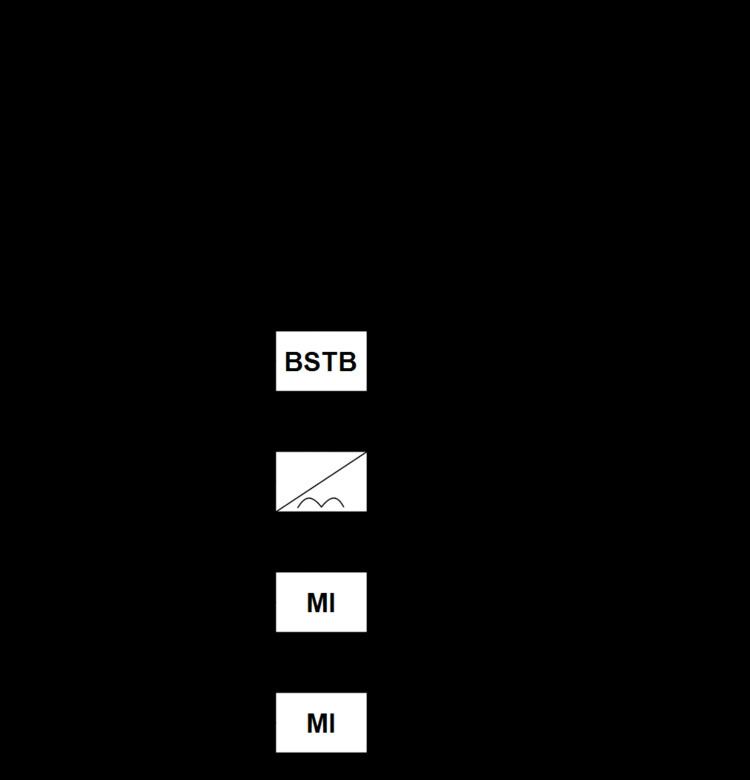 | ||
The Battlefield Surveillance Brigade is a United States Army Surveillance/reconnaissance formation introduced from c.2006-2011. The United States Army planned for the creation and transformation of nine intelligence brigades to a 'Battlefield Surveillance' role in 2007. The first Battlefield Surveillance Brigade (BfSB) was deployed the same year conducting Surveillance, Reconnaissance and Intelligence operations.
Contents
However, gathering information is only half the challenge it faces. Along with the structural changes and intelligence capabilities, the sustainment capabilities of the brigade also changed. The United States Army is currently reorganizing its intelligence formations into Battlefield Surveillance Brigades (BfSB). The brigades are self-sufficient Army Modular Forces.
Mission
The brigades are meant to improve situational awareness for commanders at division or higher so they can focus joint combat power in current operations while simultaneously preparing for future operations. The units have the tools to respond to the commanders needs from unmanned aerial vehicles to signals gathering equipment and Human intelligence collectors. One of the major initiatives of the modernization plan involves migrating the army from a division-centric force designed to fight one or two potential major-theater wars toward a modular, brigade-centric force that is expeditionary in nature and deployed continuously in different parts of the world.
Structure
The BfSB improves situational awareness for commanders at division or higher so they can focus joint combat power in current operations while simultaneously preparing for future operations. The units have the tools to respond to the commanders need from unmanned aerial vehicles to signals gathering equipment and human intelligence collectors.
Each BfSB consists of a Headquarters and Headquarters Company. Active component units have two military intelligence battalions, while the Army National Guard BfSB's have one. Each brigade has a Reconnaissance & Surveillance Squadron consisting of a headquarters troop, two ground troops (Troops A and B) and a Long Range Surveillance (LRS) Company; a signal company (Network Support Company, or NSC); a Brigade Support Company (BSC). In 2012, the active component brigades started grouping the brigade HHC, the signal company and the support company under a Special Troops Battalion.
Transformation
Former units consisted of one Regular Army component and two Reserve components detachments, there are now both Active-duty and National Guard Surveillance Brigades, each having a specific Table of Organization and Equipment.
The changes made were all part of an Army-wide transition to the Army Modular Force, future-concept ("Grow The Army Plan" of modernization) proposed by US Army Chief of Staff General Peter Schoomaker in 2007. The plan calls for ten Surveillance Brigades.
All units are moving to the objective designs by the scheduled completion of the Grow The Army Plan by fiscal year 2013.
In October 2014, U.S. Army 525th BfSB (Fort Bragg, NC) was redesignated as "Military Intelligence Brigade (Expeditional)".
